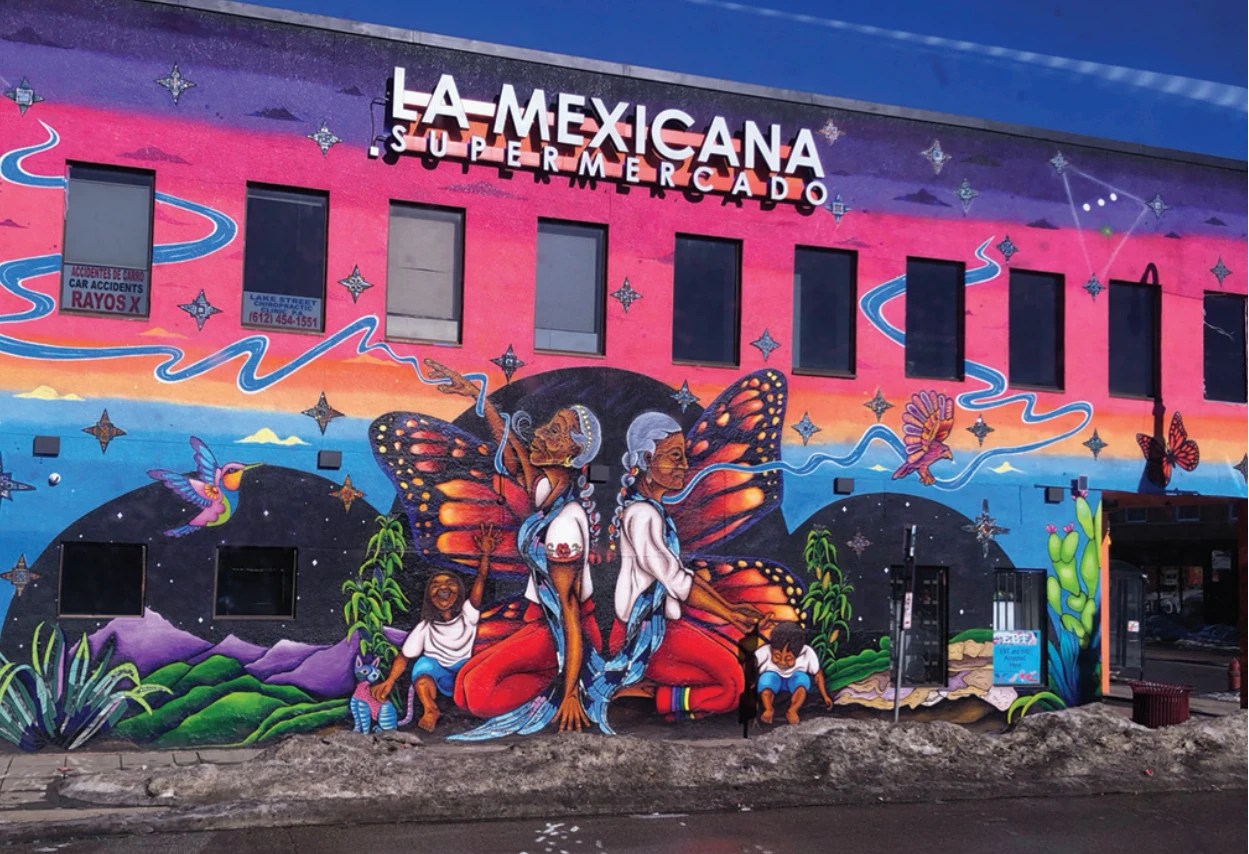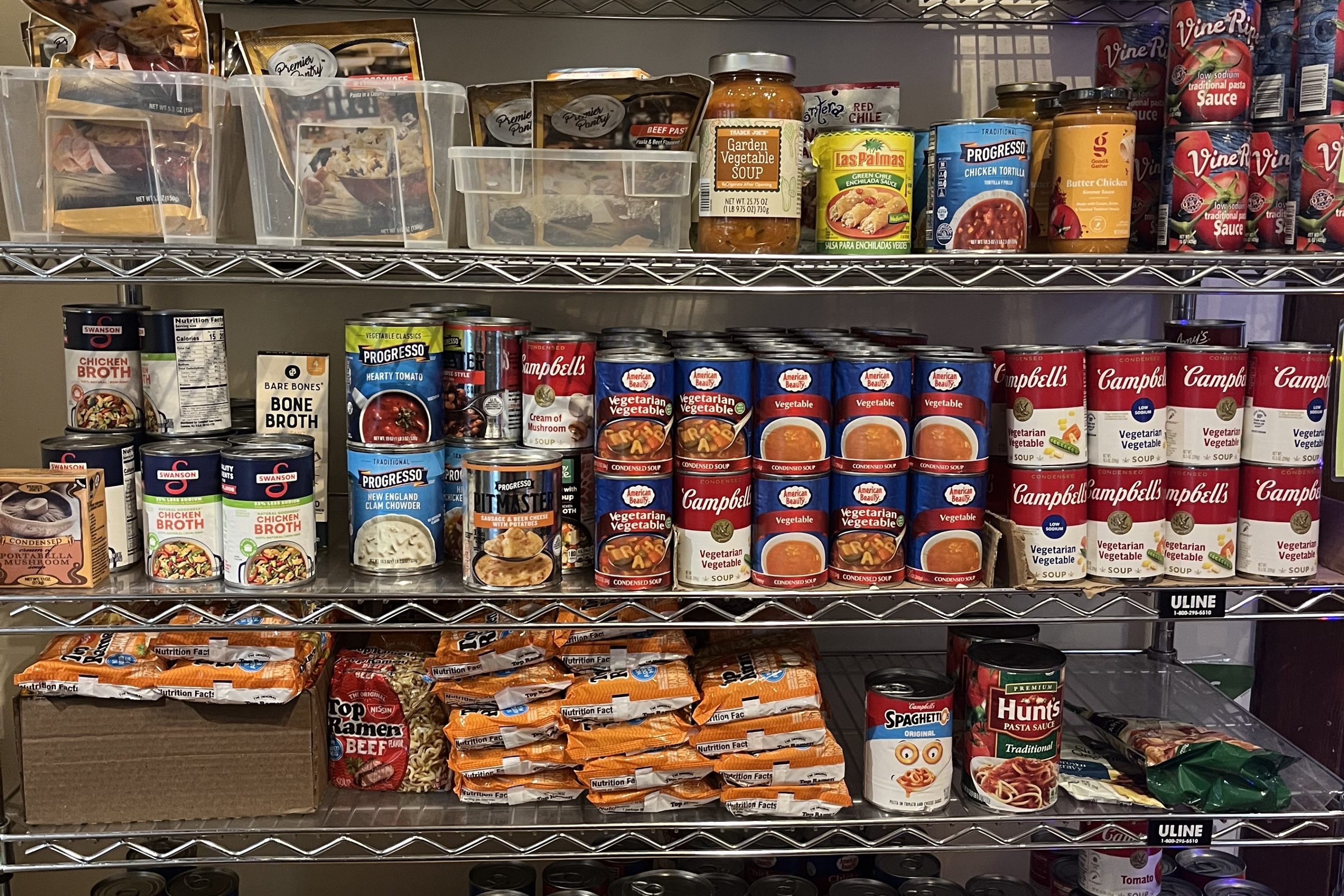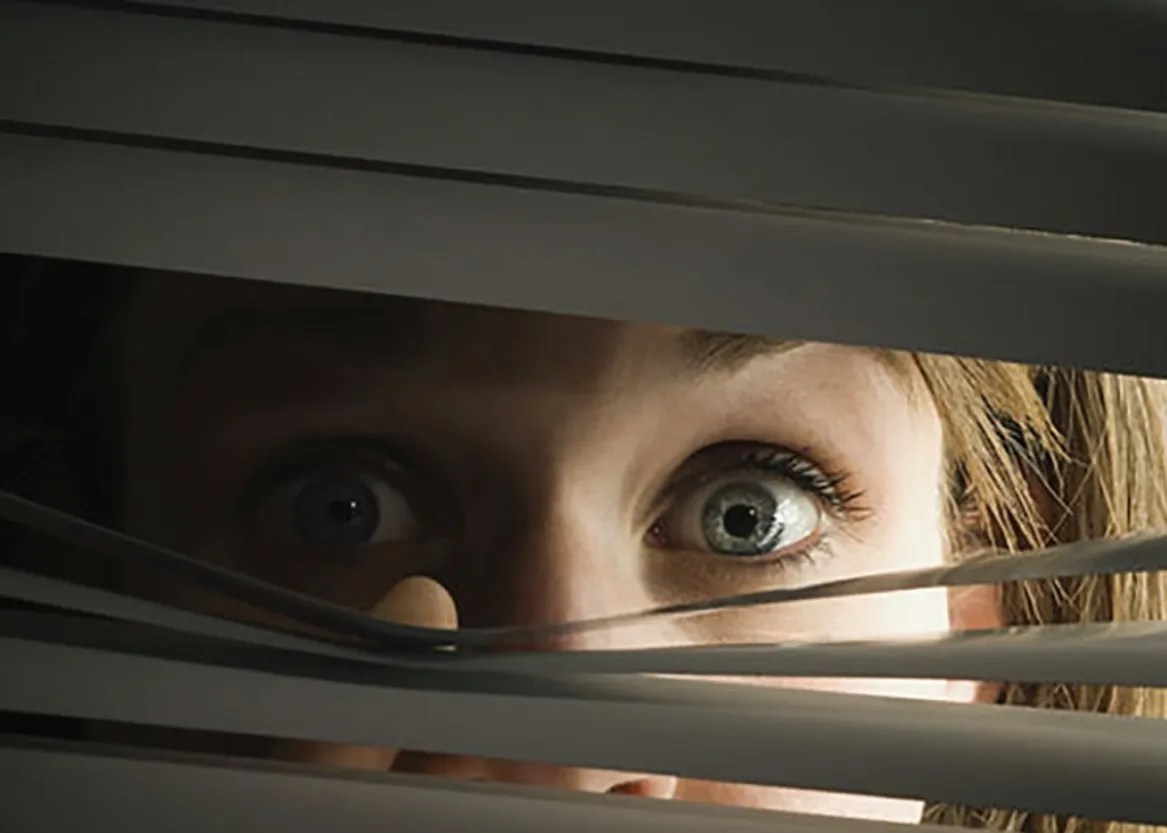In early February Hill & Lake Press editor Craig Wilson and I joined a group of people from the Woman’s Club of Minneapolis for a bus tour of Lake Street, led by former Minneapolis Mayor R.T. Rybak, now CEO of the Minneapolis Foundation.
We were curious to see what has been happening in the area that was most heavily hit in the riots after the murder of George Floyd. And what better lens to view it through than that of a man who knows the city well and has helped steer millions of dollars to the renewal effort? (Who, full disclosure, is also a friend.)
The route took us up Nicollet Avenue, aka Eat Street, where R.T. expounded on the great food to be had in the small ethnic restaurants that have taken root there and pointed out the site of a new food court, soon to be opened by veteran restaurateurs Lina Goh and John Ng, who received a $750,000 Main Street revitalization grant toward their several-million-dollar renovation of a century-old building at 28th Street and Nicollet Avenue.
As the bus detoured around the former Kmart building, which has blocked Nicollet Avenue between 29th Street and Lake Street since 1977, R.T. detoured from his preternaturally positive point of view to note that it was probably the one building on Lake Street that should have burned down!
Kmart is long gone, and the derelict building was scheduled for demolition in 2020, but because two post offices in the neighborhood were torched by arsonists in the post-murder mayhem, the United States Postal Service is currently leasing space in the building while a new post office is under construction.
We turned onto Lake Street, crossed under I-35 and began the heart of the tour.
R.T. praised the neighbors who turned out early every morning to sweep up glass after the nights of vandalism, and the huge outpouring of financial support from corporations, foundations and individuals. He spoke of the incredible bond formed among the small business owners, many of them immigrant and first generation entrepreneurs, who have committed to a future on Lake Street.
As the bus moved along R.T. pointed proudly to the murals on many buildings, reflecting the vibrant and resilient community around them. Some say that murals are a sign of urban renewal created in part to deter graffiti, a sign of urban decay, but that’s something the muralists and taggers can debate! The tropical colors sure brightened the drab February street scape.
At Bloomington Avenue we passed Ingebretson’s Nordic Market, a business built by Norwegian immigrants 102 years ago to meet the needs of the largely Scandinavian immigrants of that time, still owned by members of the Ingebretson family and in the same location. The walls are also covered with murals painted in traditional Scandinavian colors and designs, indicating that perhaps murals are about nothing more than the human desire to paint on bare walls! It was a great reminder of our city’s immigrant past and the resiliency of the neighborhood. https://www.ingebretsens.com/about/ourstore
After passing a rebuilt Target store and a few more projects in the works the bus swung north to Franklin Avenue and headed back towards the Woman’s Club. But we had one more stop. R.T. pointed out a nondescript one-story brick building and told the story of the son of an immigrant family from Czechoslovakia who owned a pharmacy there and how the mother carved out a small study area in the basement where the two kids would come home from school every day to do their homework. That family was his family, and his mother ran the pharmacy after his father died of a heart attack at a young age. “Inside every small business you’ve seen today is the story of a family,” he shared.
It is R.T.’s nature — and job — to be upbeat about the future of our city. And even those of us who are not cut from such cheerful cloth must make it our job to do more than carp about the problems. The bus tour highlighted the incredible efforts of those who are working hard on solutions and wasting no time on carping. But it also raised some questions.
Will the enormous outpouring of money and support to the businesses along that part of Lake Street be able to restore a vibrant and safe community or merely cover it over like a bright mural?
Is the renewal effort enough to combat serious crime in certain pockets such as the LRT station? What qualifies a business for assistance? The Lake Street Council’s promotional video includes images of Uptown, but does any of the funding extend to Uptown? Will parking be removed from Lake Street as it was in the heart of Uptown to cut down on traffic and make the streets more people-friendly only to lead to business decline?
We’ll take a look at recovery efforts in Uptown next month in Two Tales of a City, Part 2.






